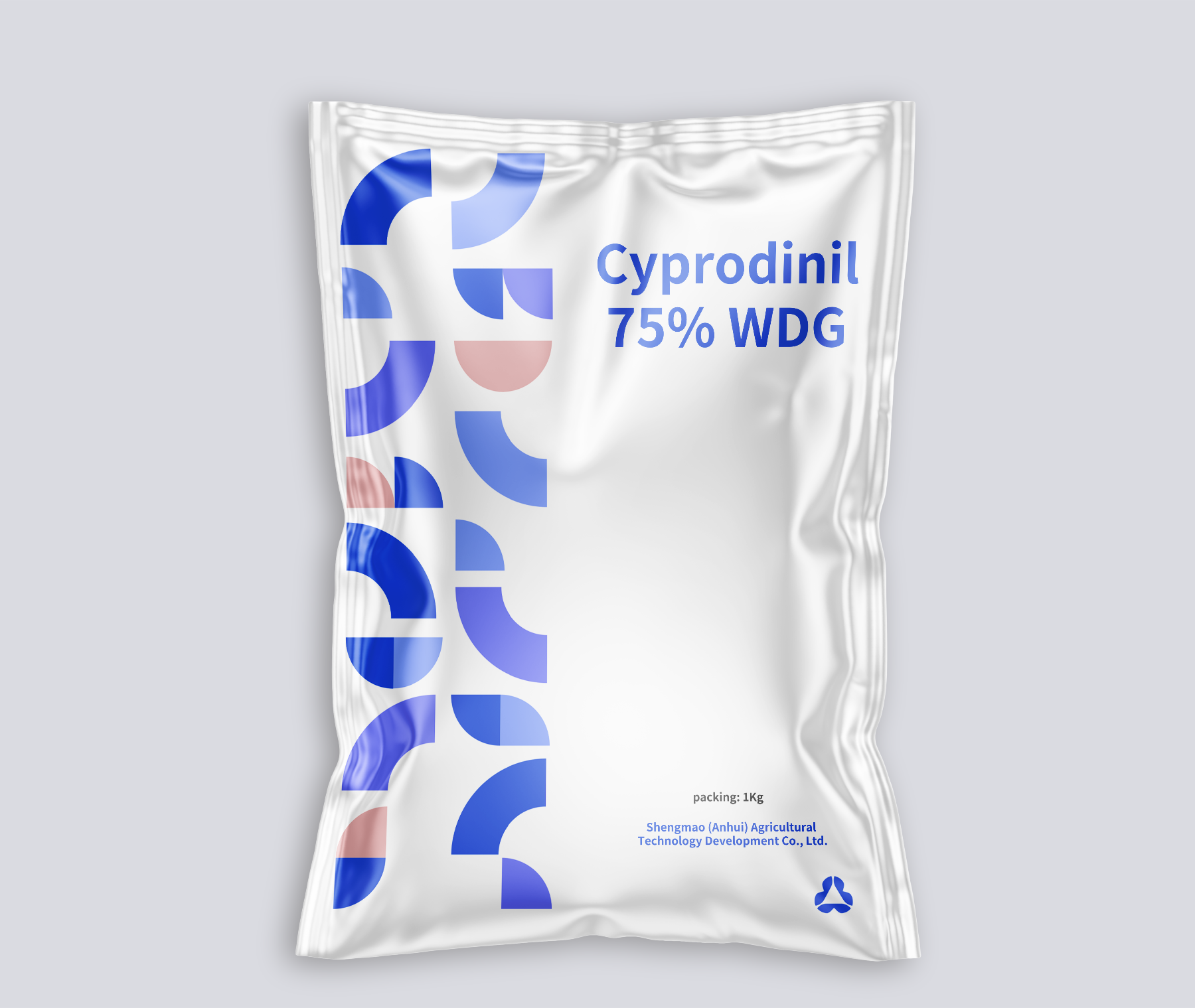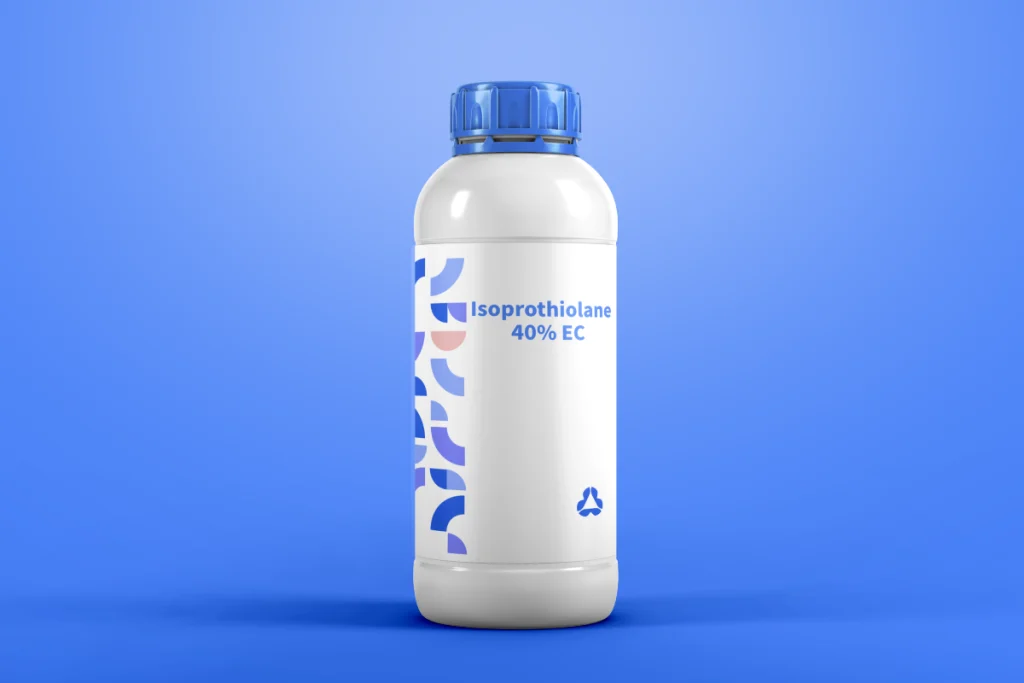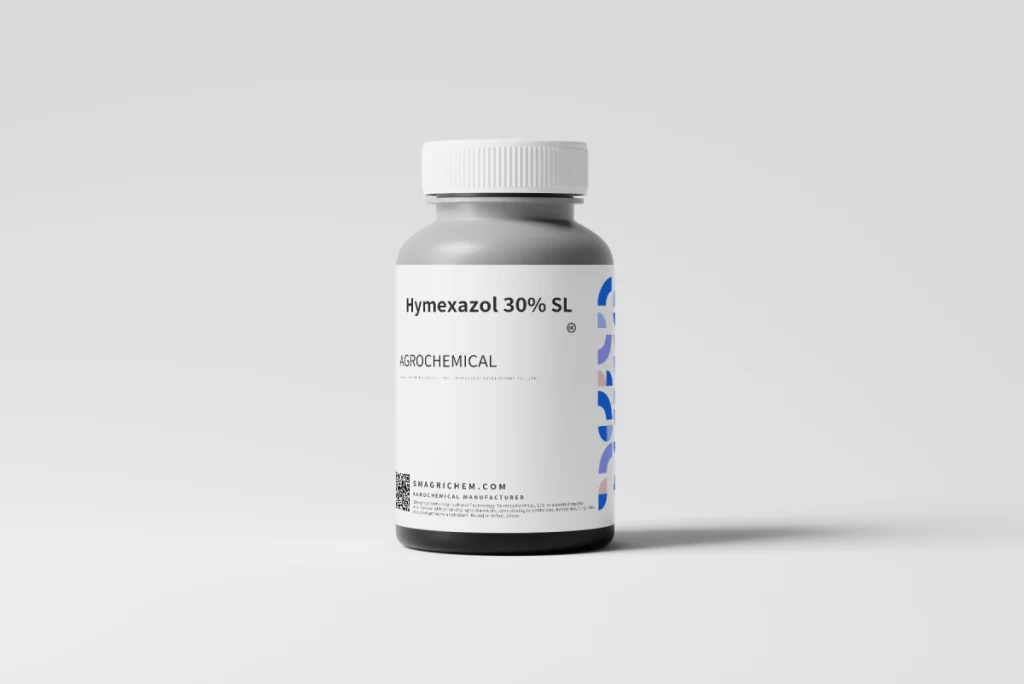Active Ingredient: Cyprodinil
CAS Number: 121552-61-2
Molecular Formula: C₁₄H₁₅N₃
Classification: Systemic fungicide from the anilinopyrimidine class
Primary Use: Controls fungal diseases in grapes, pome/stone fruits, vegetables, and cereals through systemic action.




